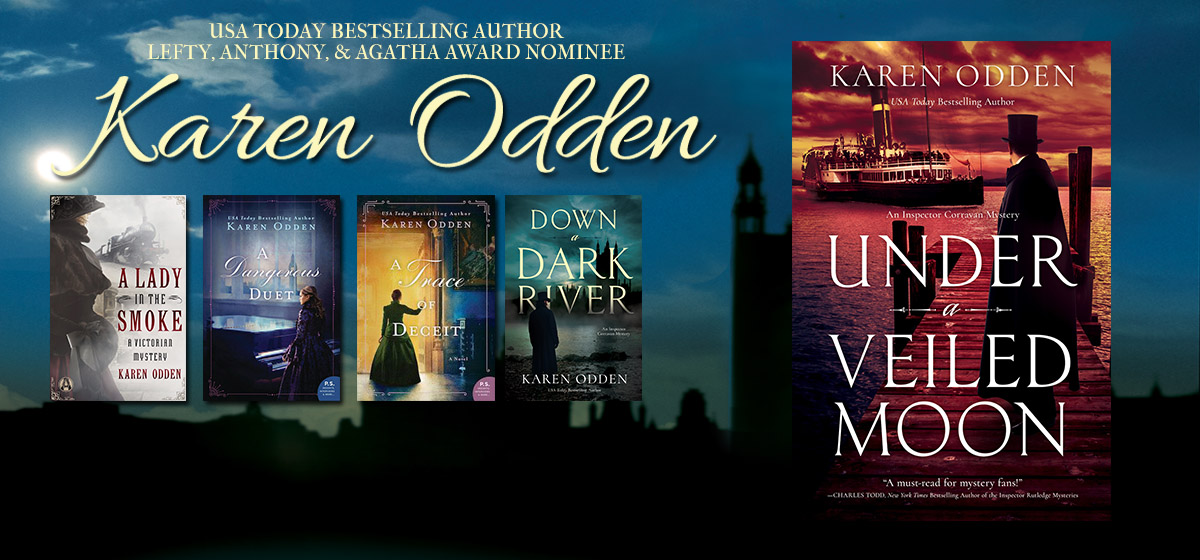
Years ago, when I was writing my first book with two young children at home, my writing time was fixed. I took my daughter to school, put my son down for a nap, wrote for two hours, then got my son out of his crib and picked up my daughter from school. My writing had fixed time boundaries.
Some years later, I did NaNoWriMo, which required me to write 50,000 words in November; I wrote around 2,300 words each day (some of it, admittedly, absolute dreck). I know authors who, for various reasons, set fixed goals (or limits) on their writing: one writes from 8-11 every morning; one aims for 3,000 words each day when drafting a book. What is important, of course, is that writers work in a way that suits them.
My approach has changed over the years. A set word count didn’t work all that well for me; I found myself increasingly detached from my characters’ feelings and experiences the more I focused on the word count. (Besides, I found myself resisting taking words out — and we all know that pruning the superfluous is nearly as important as writing the necessary!) Setting a fixed time felt different. At first, I liked the knowledge that I would sit down for a set time each day. The daily practice helped me to feel I was serious, committed, and doing something that would someday go somewhere. (That’s a lot of “some,” isn’t it?) But the more I came to think of myself as a writer, and the more I witnessed myself being committed to the practice, the less the fixed structure mattered. Now my writing is like water, flowing around other things — hiking, meeting a friend for lunch, running errands. I usually write every day for a few hours, especially when I’m developing that first draft or in revisions — but after years of writing, I have faith that even if I take two or three days off, I will eventually get back to my desk and put my fingers back on the keyboard. A good writing day is one where I lose myself in the manuscript for some period of time.
For the writers out there — how do you work? What counts as a “good” writing day?

